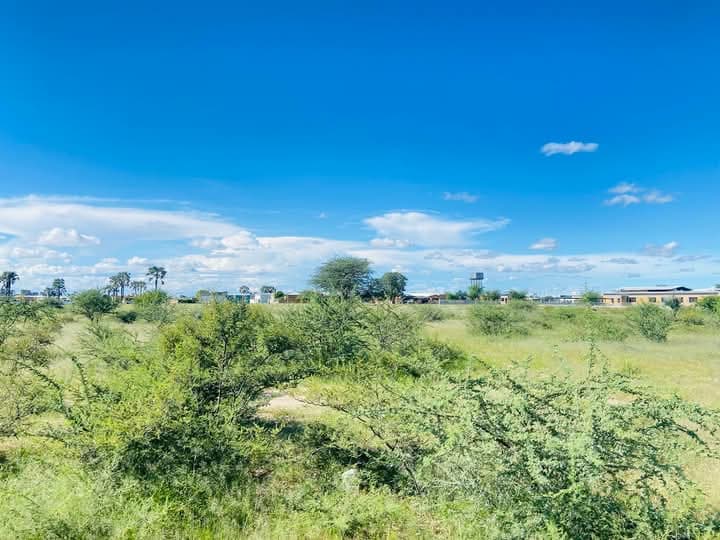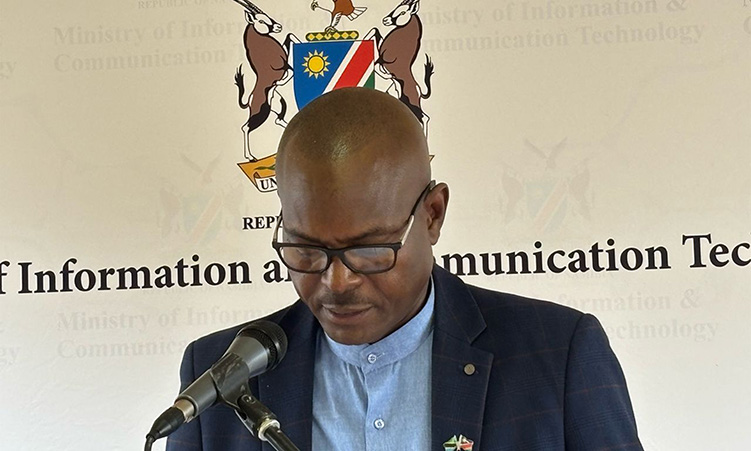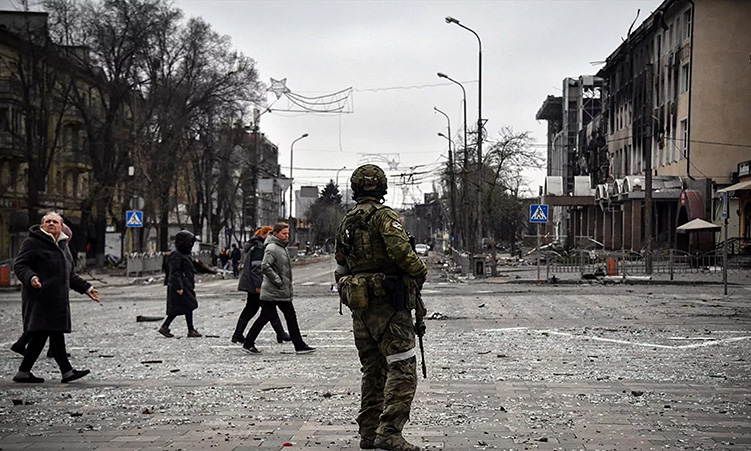Mines and energy minister Tom Alweendo has confirmed that test results have detected lead in the blood of 18 of 30 children living near the zinc mine at Rosh Pinah.
The test, conducted by the Rosh Pinah Health Care Clinic, showed that the blood lead levels of all children sampled and measured as part of the lead programme in 2020 were above the reference level, constituting quantified lead exposure and quantified lead absorption.
Lead is a chemical element that has potential health risks to humans. It is mined as a by-product of other more valuable metals such as silver and zinc. It is particularly harmful to young children and women of child-bearing age, according to the World Health Organisation (WHO).
The affected children at Rosh Pinah and their families live near the mine being operated by the Rosh Pinah Zinc Corporation.
Alweendo, who was responding to questions in parliament posed to him by deputy leader of the Landless People’s Movement Henny Seibeb, said about 20% of the children tested on the lead programme have shown bio effect of lead absorption with adverse effects, although no acute effects were detected.
Alweedo, however, denied that the government tried to cover up any evidence of health problems as a result of mining activities.
“After the exposure was brought to our attention, we convened a meeting with the company and the meeting was also attended by officials from the ministries of health and labour to discuss the matter. During that meeting, the company confirmed that the report does indeed exist.
“Given that the ministry of health is the competent authority on health matters, it was concluded that the report be submitted to the ministry. I am informed that the ministry of health and the company are addressing the recommendations in the report to manage the situation,” said Alweendo.
Seibeb asked if Alweendo was aware of the existence of a medical report compiled by a former medical doctor employed by Trevali Mining Corporation (now the Rosh Pinah Zinc Corporation) that revealed the elevated lead concentration levels found among the children and questioned whether the mining commissioner was informed about the lead exposure issue and the alleged cover-up by Trevali Mining Corporation.
“What is the ministry doing about the recommendations given by the doctor in the report that involves all key ministries of health and social services, and environment, forestry and tourism?”
In his response, Alweendo said Rosh Pinah Zinc Corporation conducted a soil sampling study in February 2020 to assess the lead and arsenic concentrations in the residential soil, and in June 2020, the company initiated a study to determine the levels of lead in children of families that lived in the Bet-El residential area.

He said the blood lead levels of those tested were shared at all levels of the mine’s operations. The testing continues for the Bet-El families and monitoring takes place monthly, he said.
“To find a lasting solution, the ministries of mines and health continue to engage the company to carry out extensive studies, after which key conclusions and recommendations will be made on how to address the lead exposure on children at Rosh Pinah,” said Alweendo.
The mine’s vice president, Sheron Kaviua, said the mine remains committed to the health and safety of its staff and the community. Kaviua said the mine carried out a lead awareness campaign in local schools and distributed lead awareness pamphlets to the community, while the identified area responsible for lead inducement was fenced off to prevent children from entering the affected area.
She said an alternative safer place was identified and a play park was built.
“The company continues to conduct campaigns with employees who continue to be tested without any incidents of Namibian lead regulations requirements having been breached,” said Kaviua.
Health executive director Ben Nangombe said the ministry is finalising the report on lead exposure and will brief the Cabinet this month on its findings and the way forward.
“As you are aware, the ministry dispatched a team comprising occupational health, Communicable Disease Control, World Health Organisation, epidemiologists and laboratory personnel in July to conduct further extensive reviews of records, engage the community and render psychosocial support. This team has completed its report which will be presented to Cabinet before the end of [this month],” said Nangombe.
According to the WHO, children who survive severe lead poisoning may experience intellectual disabilities and behavioural disorders. Even at lower levels of exposure that do not produce obvious symptoms, lead is known to cause a range of injuries across multiple body systems.
Stay informed with The Namibian – your source for credible journalism. Get in-depth reporting and opinions for
only N$85 a month. Invest in journalism, invest in democracy –
Subscribe Now!










